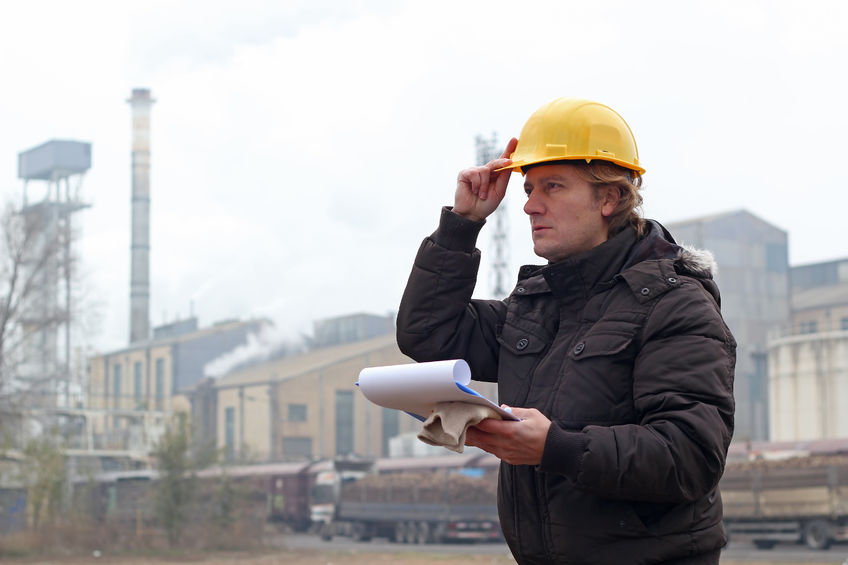
The damper is one of these key components, and if it’s damaged or improperly installed, big problems can arise. This is because the damper serves the key function of allowing smoke to escape up the chimney, without allowing the heat also to escape. Burning a fire with a closed damper, or a damper that is not completely open, poses air quality and carbon monoxide risks to the home.
When looking at common problems with dampers, there are a number of possibilities to consider.
1. You have a draft from the chimney
If you’re noticing a draft in your chimney, or if you’re unable to light and maintain a fire, the damper could be the culprit. Different types of dampers are often used for different environments. For example, in an area with consistently high winds, a “top sealing” damper is often used.
2. The damper is rusted and will not move
This is a common problem that is often linked to a leaky chimney, in which moisture is able to penetrate down through the chimney. As a result of this moisture, the damper can grow rusty and become stuck in place. Whatever position the rusty damper is stuck in, it becomes a serious hazard for your home.
3. The damper doesn’t create a proper seal
This can happen due to incorrect installation, shortcomings in manufacturing, or damage/aging. If the damper is not creating a tight seal, it will allow heat to escape during cold winter months, or cool air to escape during hot summer months. Often times, traditional throat dampers have this problem. Experts often recommend top-sealing dampers to create a consistent seal.
4. The damper only closes part way
This is a damper problem that often results in lack of cleaning and maintenance. If soot and creosote are allowed to build up in the chimney, the damper can become “caked” with these materials, and as a result it will not be able to open or close all the way.
Putting a damper on damper problems
Your chimney’s damper might not be at the top of your list, but it really is something that can make a big difference if done right. Energy bills go down, safety goes up, and the lifespan of your chimney is increased. What type of damper is right for your chimney? Do you need a replacement, a cleaning, or other repair work to restore your chimney to optimal performance and safety? These are questions that only a reputable chimney specialist will be able to answer. The good news is that a simple annual chimney inspection will reveal any current or potential problems and give you straight advice on the best way forward.
